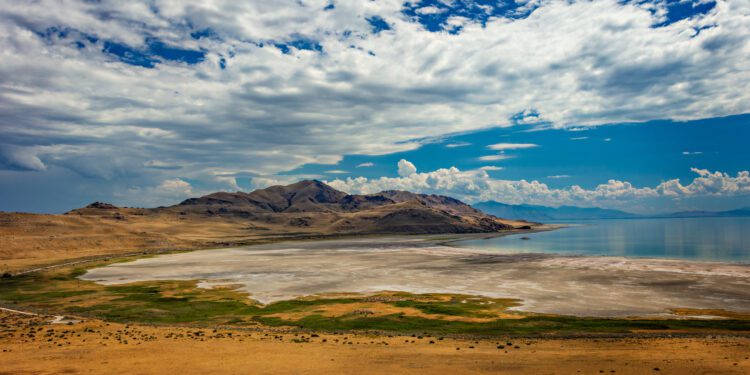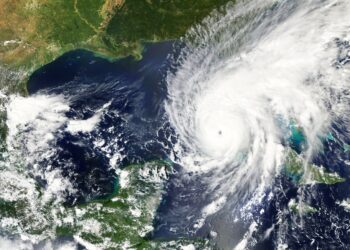A new study has found that the drying Great Salt Lake in Utah is now a significant source of greenhouse gas emissions, contributing to global warming. The lake, which has nearly halved in size due to water diversions for agriculture and population growth, is releasing large amounts of carbon dioxide and other greenhouse gases as its lake bed dries. The study, published by Canada’s Royal Ontario Museum in the journal One Earth, reports that these emissions are equivalent to a 7% increase in Utah’s human-caused emissions, comparable to the annual emissions of 140 commercial planes.
The drying of the Great Salt Lake, exacerbated by a prolonged drought that has lasted over two decades, has severe environmental and ecological consequences. The lack of water has led to declines in shorebird populations and the death of brine shrimp, which are crucial to the lake’s ecosystem. Additionally, the exposed lake bed contributes to dust storms and air pollution, posing health risks due to high concentrations of neurotoxins and carcinogens such as arsenic and mercury.
Utah’s rapid population growth and agricultural practices, particularly upstream water diversions for alfalfa farms and dairies, have worsened the lake’s decline. Although recent snowy winters have provided some respite, the lake continues to shrink. In response, Utah Governor Spencer Cox has committed to preventing the lake from drying up, with the state legislature investing approximately a billion dollars into water conservation programs, primarily targeting farmers. The study underscores the urgent need for integrated climate and watershed management strategies to address this issue.












